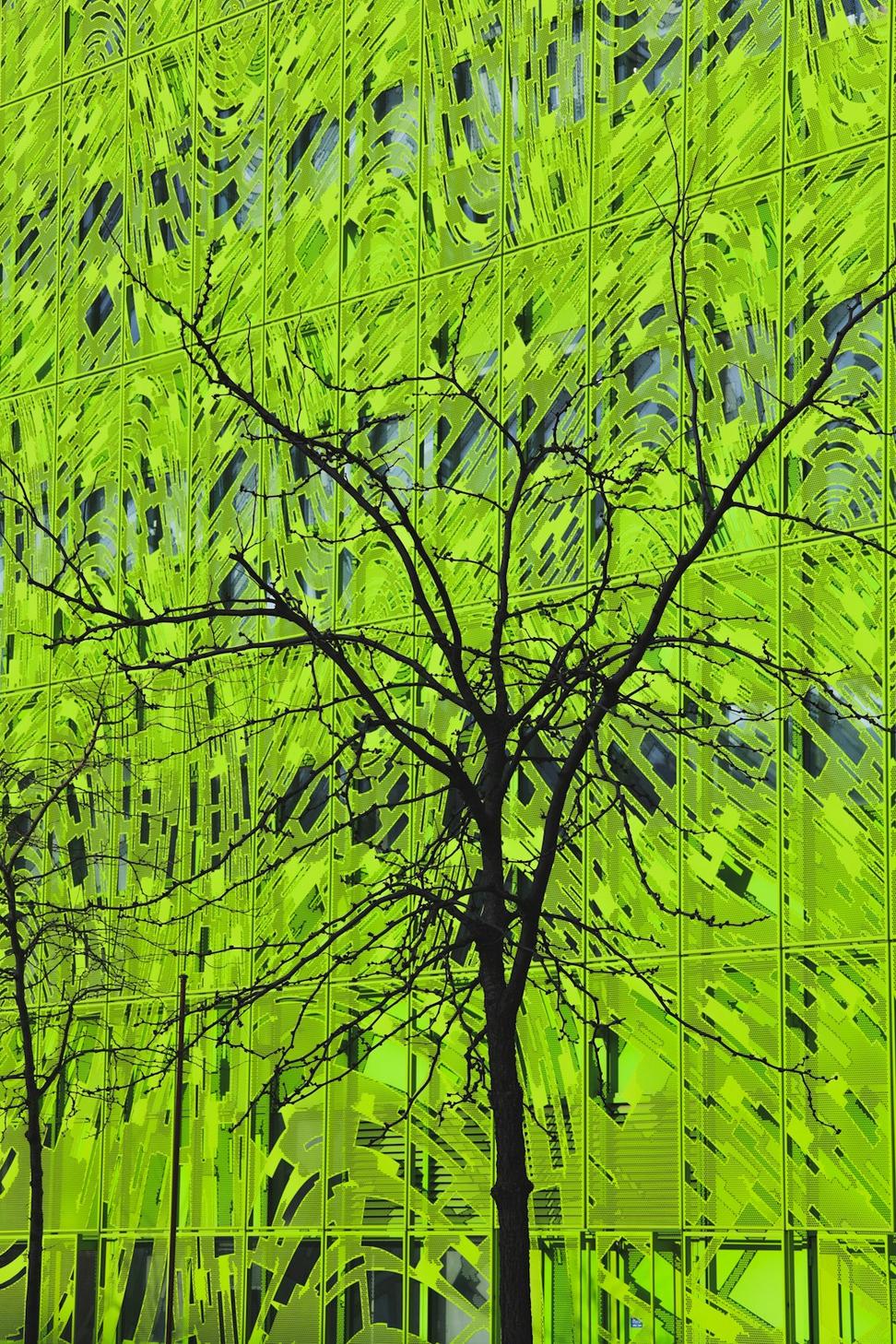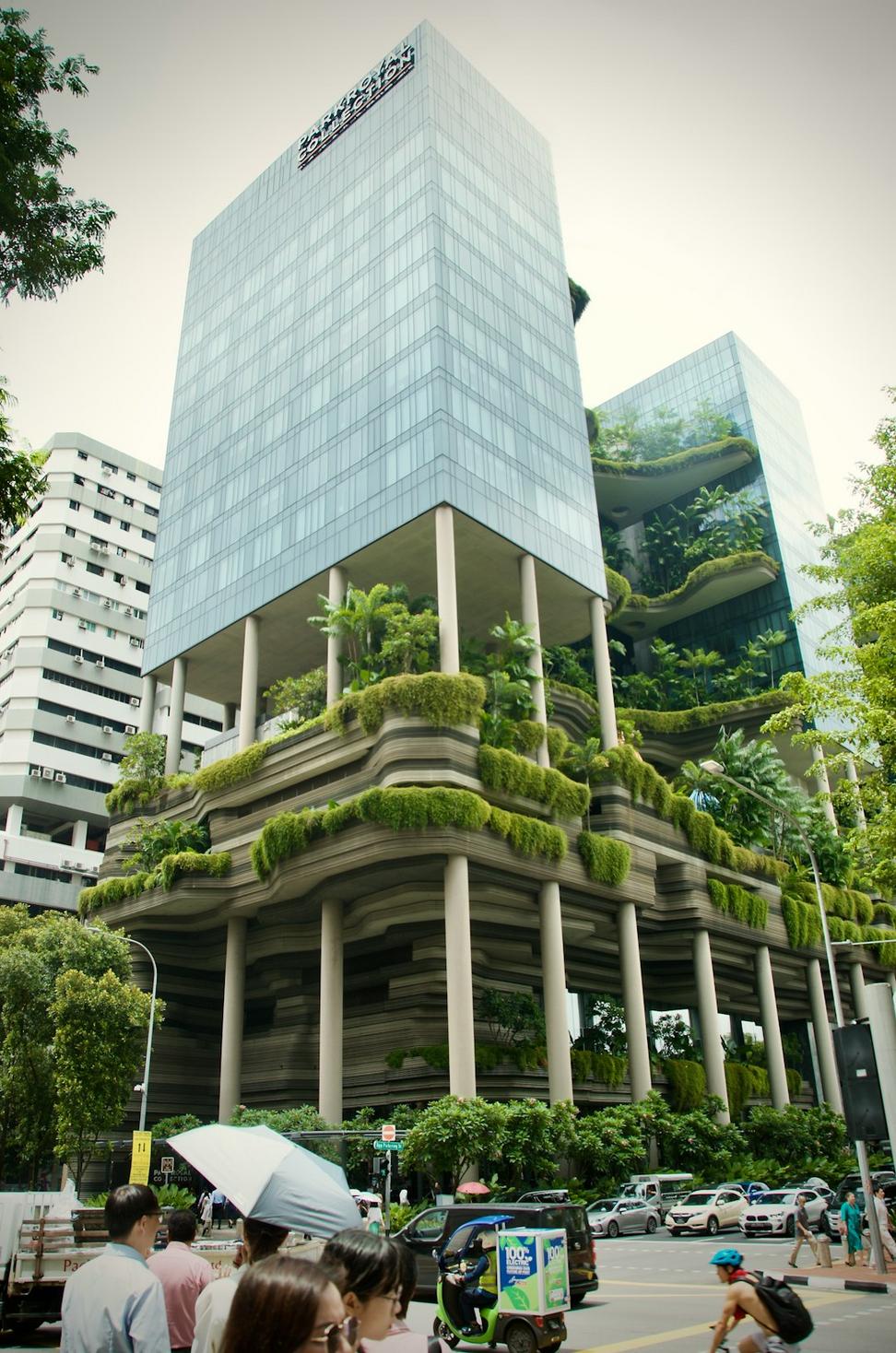
The Real Deal About Green Architecture
Here's what nobody tells you at architecture school: sustainability isn't just about slapping solar panels on everything and calling it a day. It's messier, more complicated, and way more interesting than that.
What We've Figured Out
After completing 42 LEED-certified projects and making every mistake in the book, we've realized that truly sustainable design means thinking about the whole lifecycle – from where materials come from to what happens when the building's usefulness ends (hopefully in like, 100 years).
The best sustainable building? It's often the one that's already standing. That's why we're obsessed with restoration work. Preserving a heritage building saves tons of embodied carbon compared to demolishing and rebuilding. Plus, there's something special about keeping Toronto's architectural story intact while making these spaces work for modern life.
We've also learned that clients don't want lectures about environmental responsibility – they want buildings that perform better, cost less to operate, and feel amazing to be in. Turns out, those things align pretty nicely with sustainability goals anyway.
Numbers That Actually Matter
These aren't just stats we're throwing around – this is real data from projects we've completed across Toronto and the GTA.
0
Percent
Average energy use reduction vs. baseline code buildings
0
Percent
Water consumption reduction through smart fixtures and greywater systems
0
Percent
Construction waste diverted from landfills through careful planning
0
Tonnes CO2
Carbon offset annually across our active project portfolio
How We Actually Do It
No fluff, just the strategies we use on every single project
Site-Specific Design
We're kinda obsessed with understanding each site's microclimate. Wind patterns, solar exposure, existing vegetation – all that stuff matters way more than generic "best practices." Every building we design responds to its actual environment, not some theoretical ideal.
Material Transparency
We track where everything comes from. Local suppliers, reclaimed materials, low-VOC finishes – it's all documented. Sometimes this drives contractors nuts, but clients love knowing exactly what's going into their buildings and where it came from.
Performance Monitoring
Here's the thing nobody talks about: lots of "green" buildings don't actually perform as designed. We stick around after handover, monitoring energy use and making tweaks. It's not glamorous, but it's how you get real results.
Human-Centered Spaces
Sustainability isn't just environmental – it's about creating spaces where people actually want to be. Natural light, indoor air quality, connection to outdoors. When people love being in a building, it tends to stick around longer.
Breaking Down a Typical Project
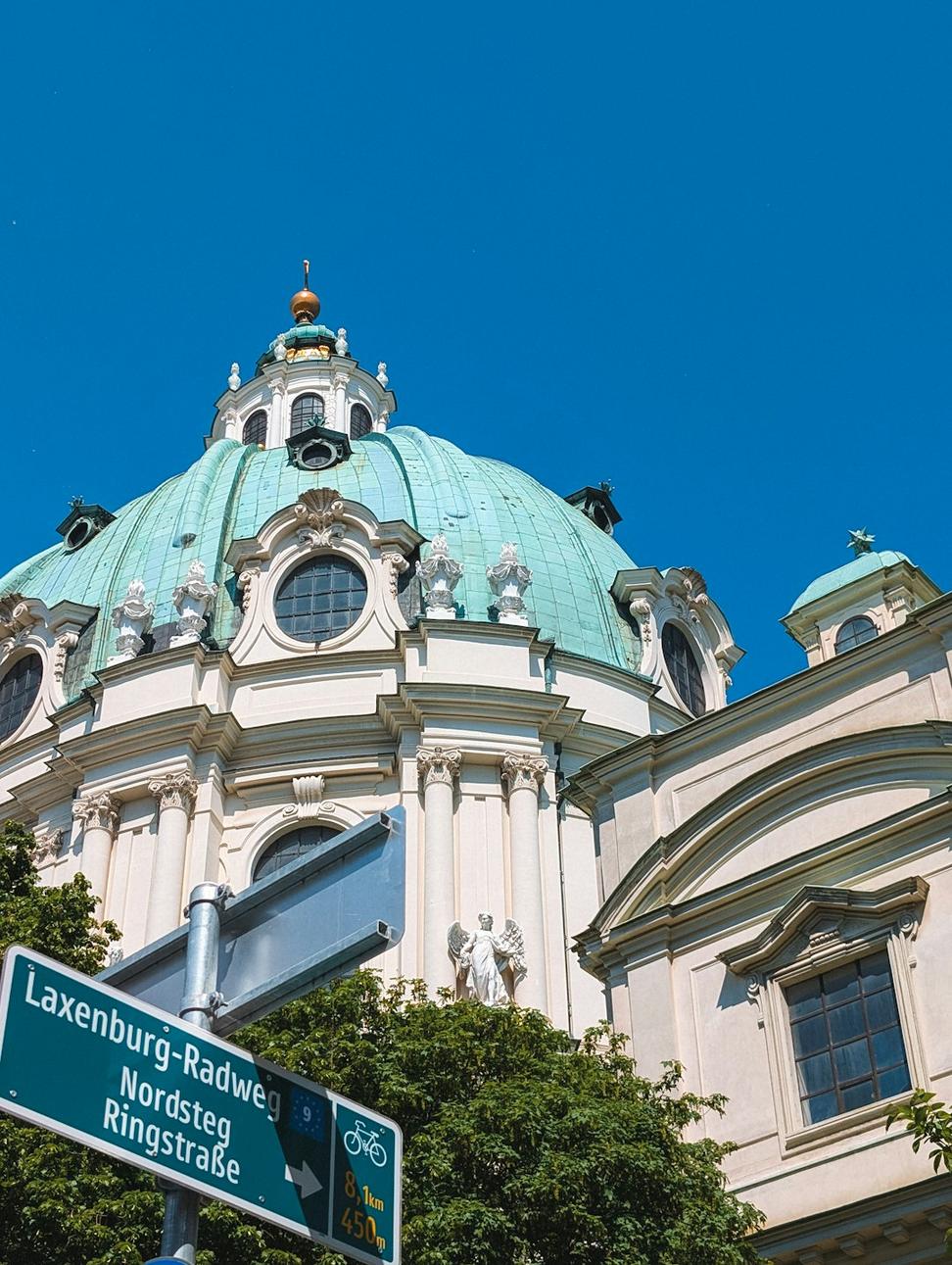
Energy Strategy
Notice passive design comes first? That's intentional. Tech can fail, good design doesn't.
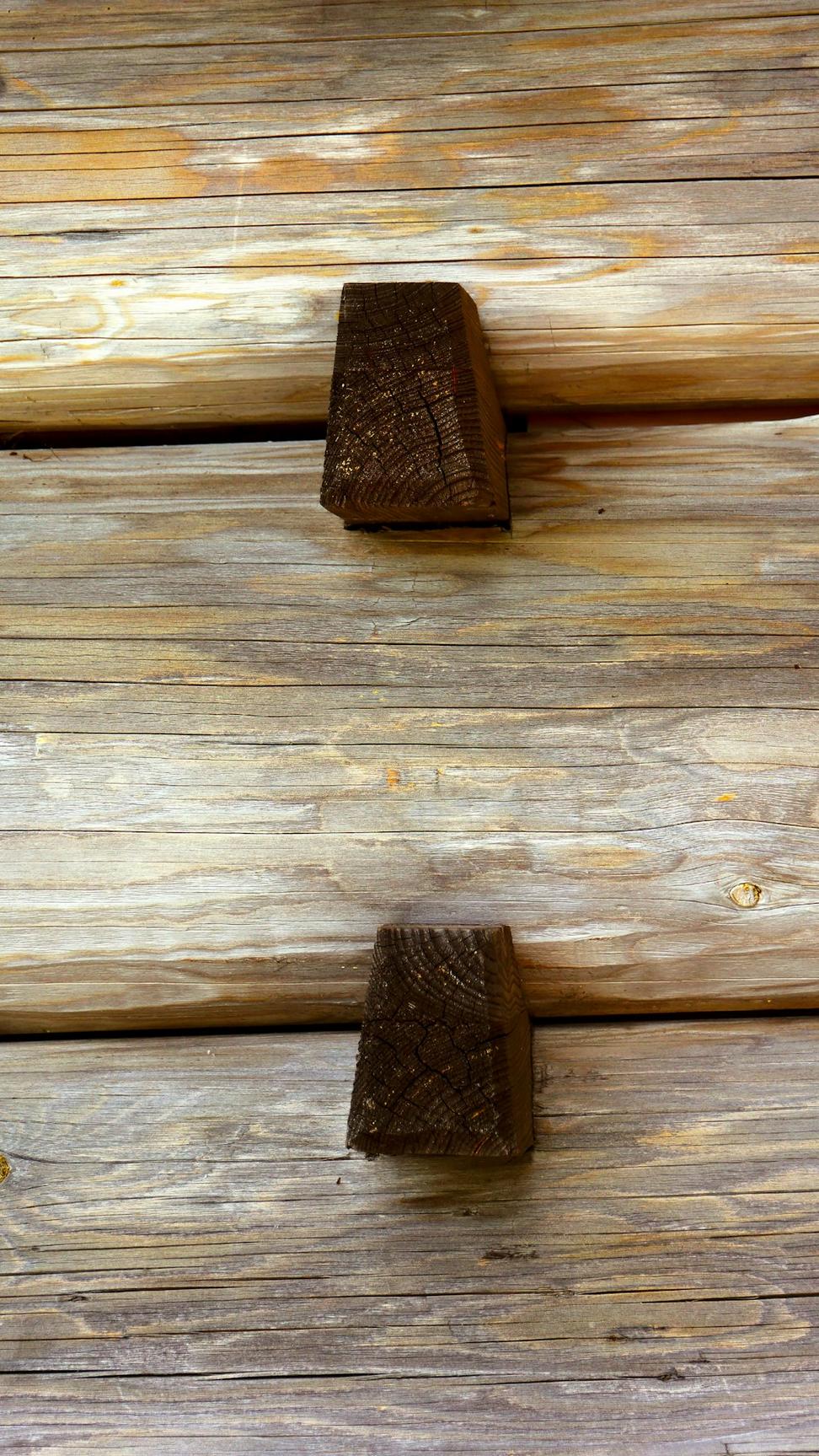
Material Selection Impact
These numbers represent averages across our last 20 commercial projects. Every material choice gets scrutinized – sometimes too much, our procurement team would probably say.
Certifications We Actually Care About
We're not chasing plaques for the office wall. These certifications push us to do better work and give clients third-party validation that we're delivering what we promised.
LEED Accreditation
4 LEED APs on staff, 42 certified projects ranging from Silver to Platinum. We know the system inside and out.
Passive House
Certified Passive House designers. Yes, it's tough to hit those standards in Toronto's climate, but that's what makes it interesting.
WELL Building
Because buildings should be healthy for the people in them. Air quality, lighting, acoustics – all that stuff matters.
Living Building Challenge
The hardest one. We've got 2 projects in pursuit. Ask us about it over coffee – it's quite the journey.
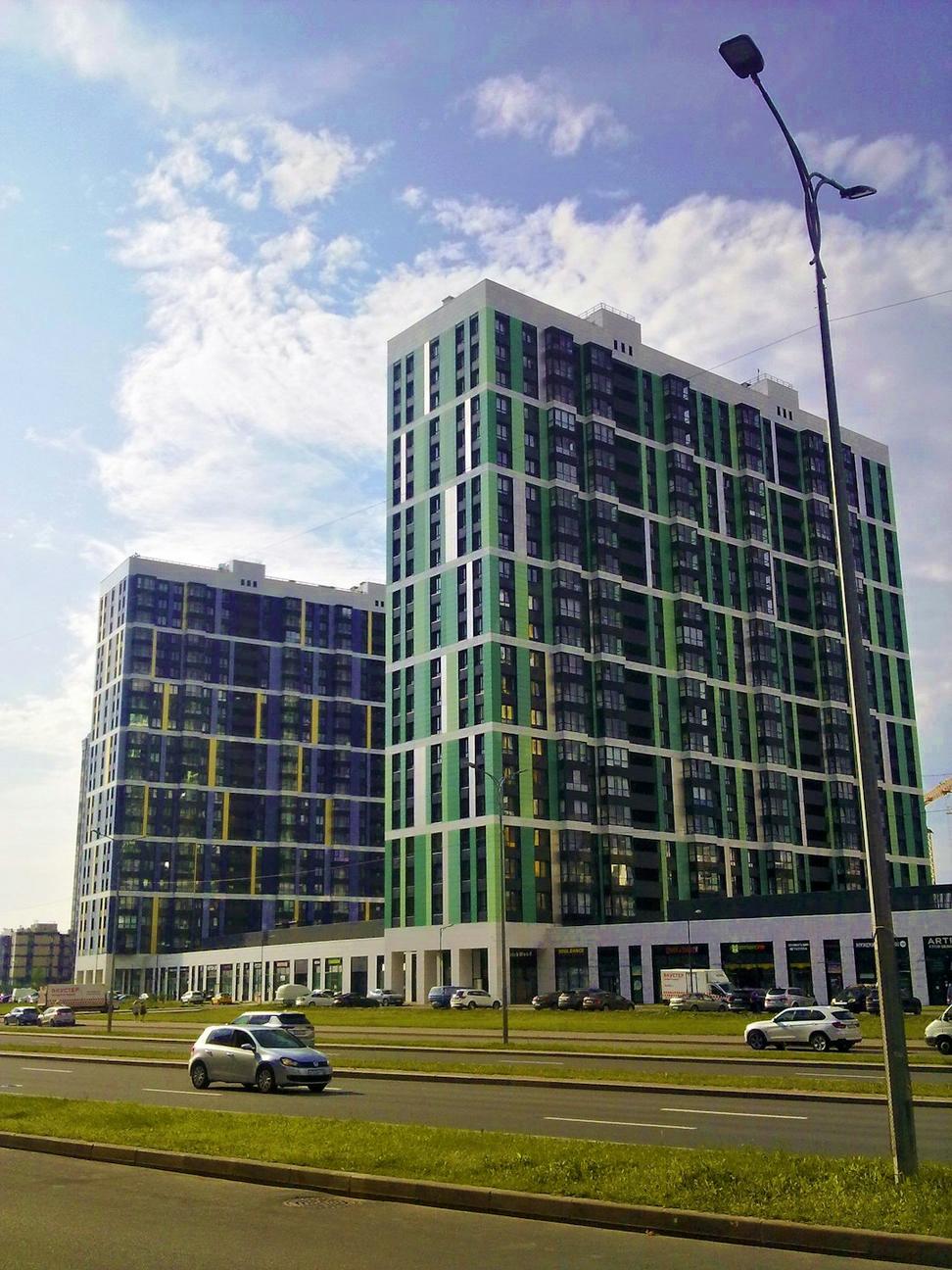
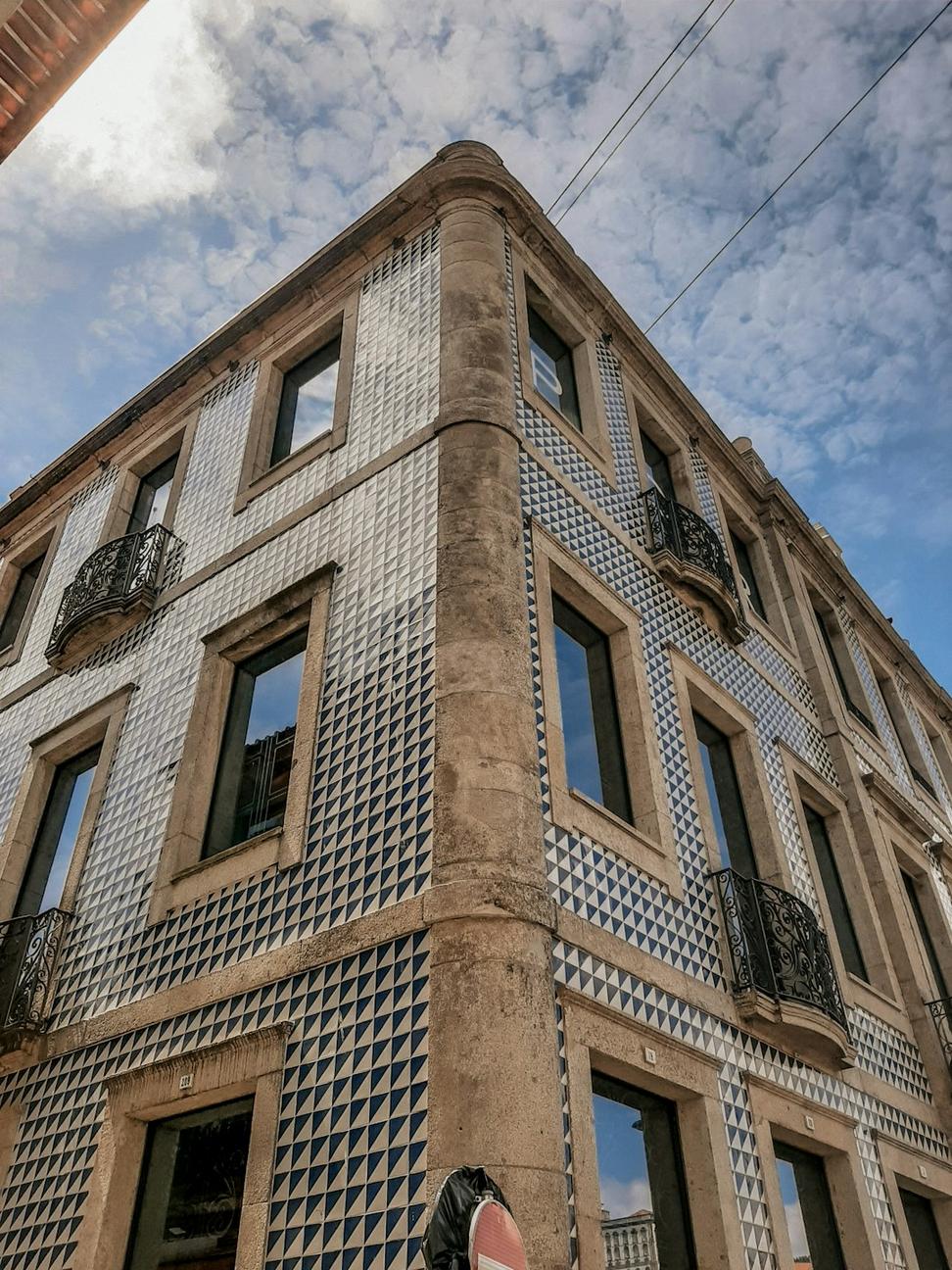
The Wellington Street Warehouse Project
This 1920s warehouse was headed for demolition. Instead, we convinced the client to restore and retrofit it. Saved 2,400 tonnes of embodied carbon, achieved LEED Gold, and created a space that's way more interesting than any new build would've been.
Tools & Tech We're Using
Energy Modeling
We run full energy simulations on every project. Takes longer upfront, but you can't manage what you don't measure. Usually saves clients way more than our fees in the first year alone.
Daylight Analysis
Computational tools help us maximize natural light without overheating spaces. It's a delicate balance, especially with Toronto's climate extremes, but totally worth the effort.
CFD Simulation
Computational fluid dynamics sounds fancy, but it just helps us understand how air moves through buildings. Better ventilation, lower HVAC costs, happier occupants.
